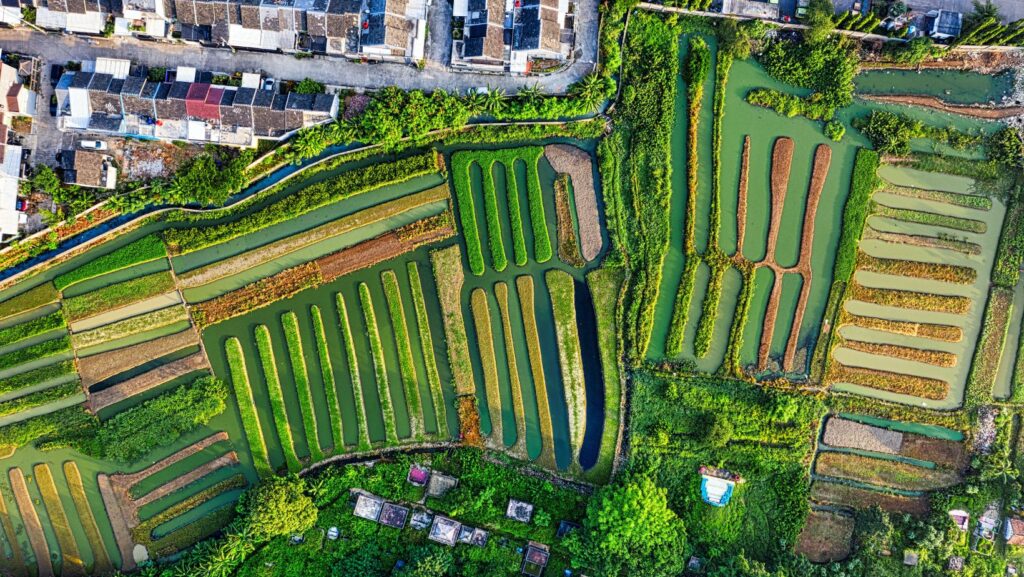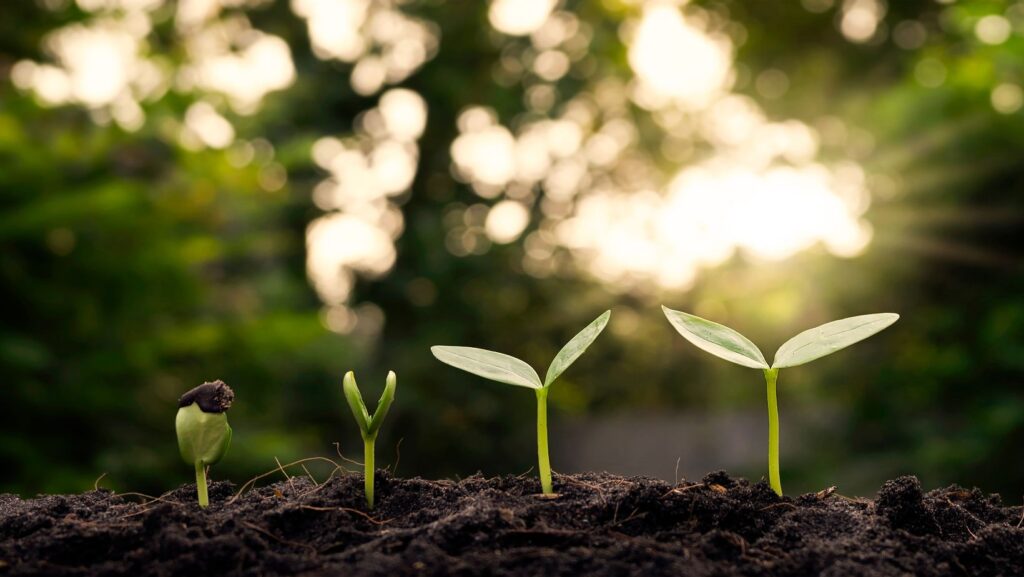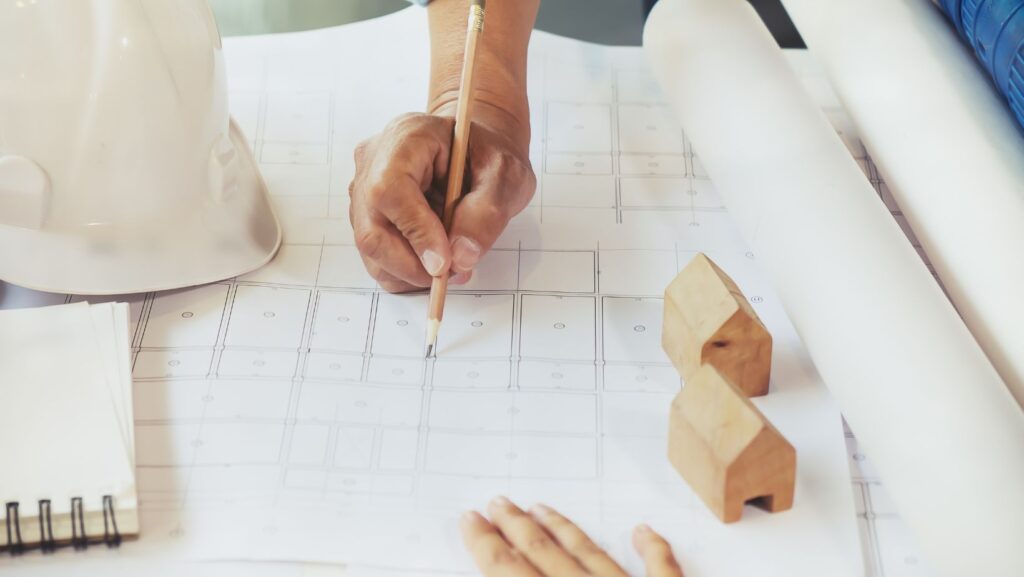Disadvantages of Sustainable Development
 Sustainable development often sounds like the perfect solution to our environmental woes, but it’s not without its drawbacks. While the goal is to balance economic growth, environmental protection, and social equity, the implementation can sometimes lead to unintended consequences.
Sustainable development often sounds like the perfect solution to our environmental woes, but it’s not without its drawbacks. While the goal is to balance economic growth, environmental protection, and social equity, the implementation can sometimes lead to unintended consequences.
For one, the initial costs of adopting sustainable practices can be prohibitively high for many businesses and communities. Additionally, the transition to greener technologies and renewable energy sources can disrupt existing industries, leading to job losses and economic instability. These challenges highlight the complexities involved in achieving truly sustainable development.
Understanding Sustainable Development
Sustainable development aims to balance economic growth, environmental protection, and social equity. This triad seeks a harmonious relationship where economic activities do not harm the environment, and social needs are met without compromising future generations.
Components of Sustainable Development
- Economic Growth:
- Achieving robust economic development without depleting natural resources.
- Businesses can grow by adopting eco-friendly practices that reduce waste and energy consumption.
- Environmental Protection:

- Ensuring the conservation of ecosystems while promoting human well-being.
- Initiatives include reducing carbon footprints, enhancing biodiversity, and sustainable resource management.
- Social Equity:
- Addressing disparities and promoting equal opportunities for all.
- Strategies focus on improving access to education, healthcare, and economic opportunities for marginalized groups.
Importance of Sustainable Development
- Long-Term Viability:
- Ensures natural resources remain available for future generations.
- Supports lasting economic stability through renewable resources.
- Resilience Against Climate Change:
- Promotes practices that mitigate environmental impact.
- Increases communities’ ability to cope with climate-related disruptions.
- Enhanced Quality of Life:
- Provides a healthier living environment by reducing pollution and green spaces.
- Promotes social inclusivity and well-being.
- High Initial Costs:
- Implementing sustainable practices often requires significant upfront investment.
- Industries might face financial constraints when transitioning to greener technologies.
- Economic Disruption:
- Existing industries that depend on non-sustainable practices might suffer.
- Possible job losses and economic instability in communities relying on such industries.
- Technological Barriers:
- Developing and deploying new technologies can be expensive and time-consuming.
- Small businesses might struggle to adopt these innovations rapidly.
Understanding these components, benefits, and challenges of sustainable development provides a clearer picture of its implementation complexities.
Environmental Challenges
Sustainable development introduces several environmental challenges. It requires a delicate balance which may lead to unintended consequences.
Resource Overconsumption
Even with sustainable practices, resource overconsumption remains an issue. High demand for sustainable materials, like lithium for batteries and rare earth metals for electronics, can lead to mining activities that harm local ecosystems. Though the goal is to minimize waste and reduce environmental impact, scaling up these practices for a global population can strain natural resources, contradicting sustainability objectives.
Impact on Biodiversity
Sustainable projects can disrupt local habitats, affecting biodiversity. Renewable energy installations, such as wind farms and solar plants, often require large land areas, which can lead to habitat loss. While these technologies aim to mitigate climate change, their implementation sometimes displaces wildlife, fragmenting habitats and potentially pushing species toward endangerment. Additionally, agricultural practices aimed at sustainability can sometimes introduce invasive species, altering local biodiversity and ecosystem health.
Economic Disadvantages
Transitioning to sustainable development poses several economic challenges. Despite long-term benefits, the short-term economic disadvantages are significant and impactful.
High Initial Costs
Implementing sustainable practices requires substantial investment. Businesses need to spend on new technologies and infrastructure. For instance, upgrading manufacturing processes to reduce emissions involves costly equipment purchases. Small to medium enterprises (SMEs) often struggle to secure funding for these investments, hindering their ability to compete. Governments may offer subsidies but they’re not always sufficient to cover the extensive initial expenses.
Limited Short-Term Profits
 Investing in sustainable development can lead to limited short-term profits. Companies frequently experience reduced margins when transitioning to greener practices. For example, adopting renewable energy sources often involves higher upfront costs compared to conventional energy. These expenditures can delay profit recovery, impacting financial stability for businesses focused on quarterly earnings. Moreover, the market for sustainable products takes time to mature, delaying revenue growth.
Investing in sustainable development can lead to limited short-term profits. Companies frequently experience reduced margins when transitioning to greener practices. For example, adopting renewable energy sources often involves higher upfront costs compared to conventional energy. These expenditures can delay profit recovery, impacting financial stability for businesses focused on quarterly earnings. Moreover, the market for sustainable products takes time to mature, delaying revenue growth.
While sustainable development aims to balance economic growth, environmental protection, and social equity, its implementation isn’t without significant challenges. The high initial costs and potential economic disruptions can deter businesses and communities, especially small to medium enterprises.



